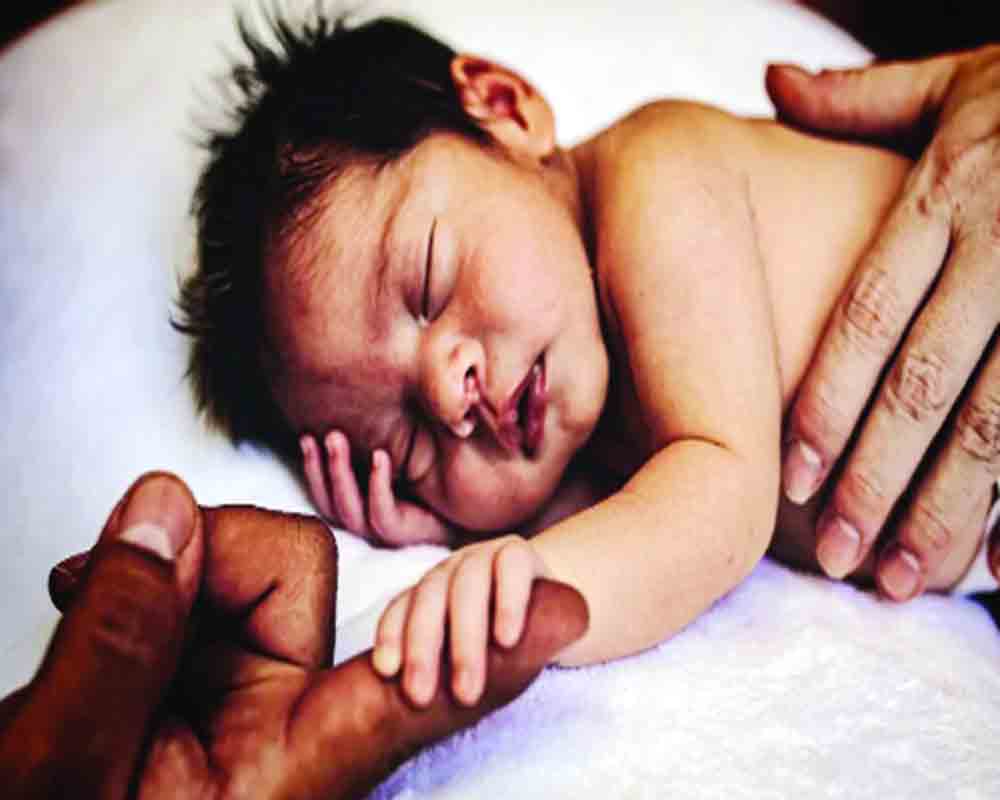The societal impact of surrogacy is very complex and needs to be addressed seriously
The recent Supreme Court ruling striking down the rule banning the use of donor gametes for women affected by the rare medical condition of Mayer Rokitansky Kuster Hauser syndrome, though bringing cheers to the affected couple is bound to have far-reaching consequences in society. Across the globe, the number of people having infertility issues is increasing. According to the recent WHO report Around 17.5% of the adult population – roughly 1 in 6 worldwide – experience infertility. This necessitates the need for the advancement of assisted reproductive techniques (ART), which includes in vitro fertilization and surrogacy.
Surrogacy is sometimes perceived as a potential solution for infertility or as an alternative to adoption. Consequently, it is typically regarded as a cause for celebration, since it helps individuals accomplish their aspirations of becoming parents. Nevertheless, surrogacy entails a plethora of intricate ethical concerns about gender, employment, compensation, exploitation, and inequality. There are two main types of surrogacy, traditional surrogacy and gestational surrogacy. Traditional surrogacy involves artificially impregnating the surrogate mother with the intended father's sperm, resulting in her becoming both the genetic and gestational mother. In traditional surrogacy, the surrogate's eggs are used. This means the surrogate is genetically related to the child she carries.
Gestational surrogacy involves the transfer of an embryo, created by in vitro fertilisation, into the uterus of a surrogate mother who then carries and gives birth to the baby. In gestational surrogacy, the surrogate is not genetically related to the child. An embryo created from the genetic material of the intended parents or donors is implanted into the surrogate's uterus. Surrogacy can be categorised as either commercial or altruistic, based on whether the surrogate receives financial compensation for her pregnancy. Only very few countries in the world like India and Ukraine allow commercial surrogacy. Because of the low cost India has emerged as a popular hub for fertility tourism, drawing couples from overseas for assisted reproductive techniques.
The societal impact of surrogacy is very complex and needs to be addressed seriously. It encompasses a wide range of perspectives, including ethical, legal, emotional, and cultural considerations. Surrogacy can be viewed as an extension of reproductive rights, allowing individuals and couples to have children when they otherwise couldn't. It can provide an option for those struggling with infertility, same-sex couples, and individuals who are physically unable to carry a pregnancy. Critics argue that surrogacy can lead to the commodification of women's bodies, particularly in commercial surrogacy arrangements where the surrogate is compensated.Concerns about exploitation, coercion, and unequal power dynamics between surrogates and intended parents are raised. Surrogacy can have significant emotional and psychological consequences for all parties involved. This includes the surrogate, intended parents, and potentially the child.
The dynamics of parent-child relationships in surrogacy can be complex. Questions about genetic connection, gestational connection, and the psychological bond between the child and the surrogate may arise. Surrogacy challenges traditional notions of family by involving multiple parties in the reproductive process.
Usually, it is the women in the lower strata of society that fall at the receiving end. They have to sacrifice their life for fulfilling the desires of wealthy couples. During the period of surrogacy, they are made to stay isolated from their family members to avoid the social stigma.
More than that, carrying someone else's child in their body creates lots of psychological issues for the surrogate mother. Often there is an unhealthy nexus between the fertility clinics and middlemen, who exploit poor women, luring them with money, most of which will go to the middlemen. In case of any untoward health issues due to pregnancy neither the hospital nor the donor couple takes care of these poor women. Instead of considering poor women as breeding factories, we have to look for alternative methods like adoption or using technologies like artificial wombs to fulfil the parental needs of prospective couples.
(The writer is a science communicator and an adjunct faculty at the National Institute of Advanced Studies, Bangalore, views are personal)
























